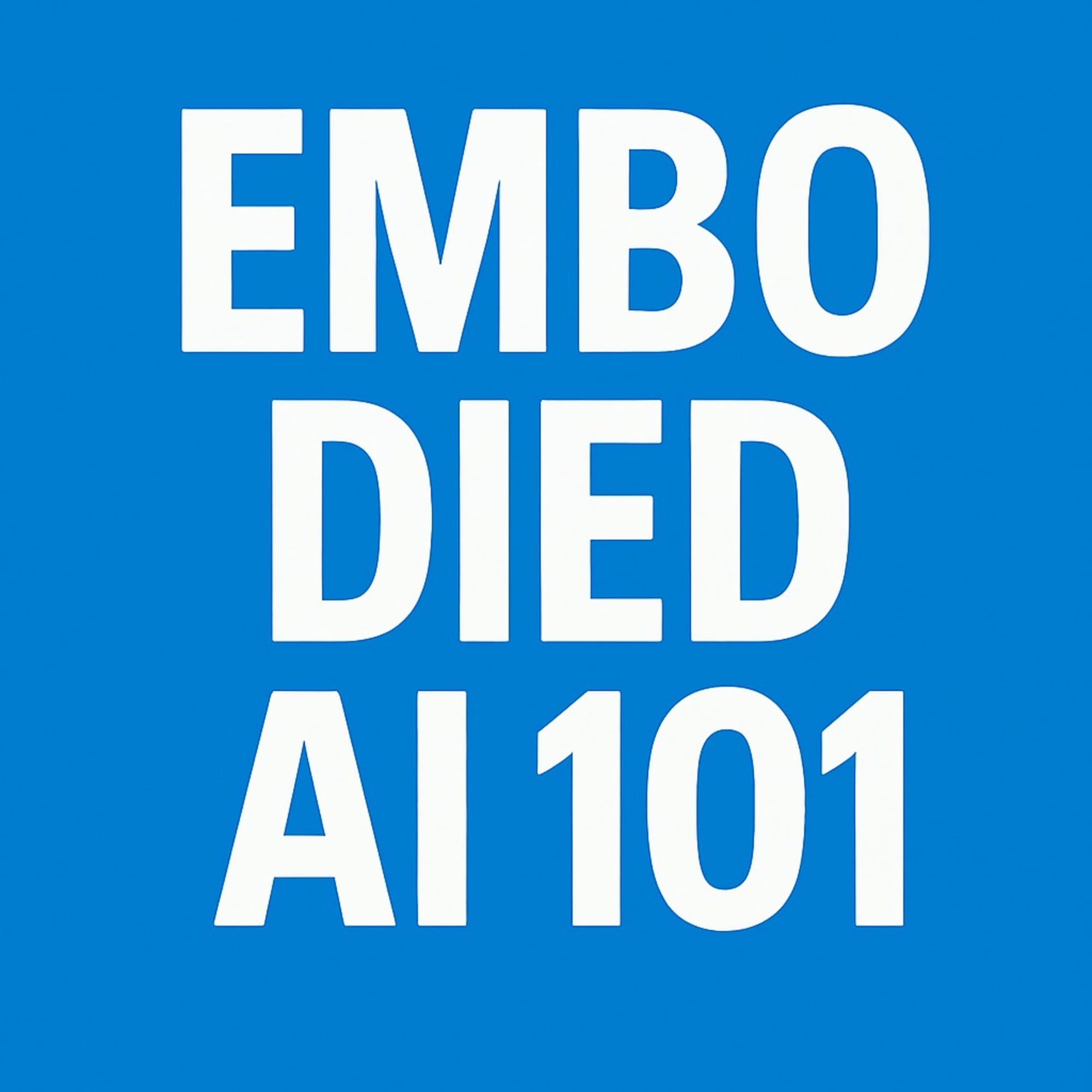What software engineers cannot build: a pile of rock

In September 2018 and January 2020, I twice visited Teotihuacan, often referred to as the "Pyramid of the Sun" near Mexico City. The true names of these massive structures remain unknown, as the city fell a millennium ago, leaving no traceable lineage. Tourists are greeted with obsidian stones and pulque, echoes of an ancient culture.
My first ascent of the pyramid remains vivid in my memory: standing on uneven volcanic rocks cemented by limestone, bracing against the racing wind. What was it like in its heyday? The pyramid likely served as an altar, reserved for shamans and kings who performed human sacrifices at the very spot where I stood. Its construction must have spanned generations. How did these people find the resolve to build something so monumental, knowing they would never see its completion?
I imagined a society where inhabitants believed so deeply in their culture that they devoted their lives to it, becoming one with future generations. They transcended individual existence, forming a continuum that carried their collective identity into the future. The thought of the last generation of Teotihuacans, forced to abandon their ancestors' identities, disperse, and fade into anonymity, sends a chill down my spine.
Yet, they left behind the pyramid—a mark in history that has traversed time to reach us. It stands as an indestructible testament on Earth, a pile of rock that could withstand even a nuclear war. Through this enduring mark, the continuum survives, and the identities of generations persevere.
In our modern society, people outlive "eras." A 90-year-old American might remember the war in the '40s, the revolution in the '60s, the rise of computers in the '80s, and the internet boom in the 2000s. We seem to live forever, fully committed to our individual lives. We create, we interact, and there's so much to do! Yet, as a software engineer, I can't claim credit for anything that could withstand a nuclear war. I'm not part of a continuum, nor am I connected to future generations in the same way.
I find myself questioning: when I wither, will there be a mark? In our fast-paced, individualistic world, how do we leave behind something as enduring as the pyramids of Teotihuacan? Perhaps the answer lies not in physical monuments, but in the collective impact of our ideas, innovations, and the positive changes we bring to the world. While our individual contributions may seem fleeting, together they form the foundation upon which future generations will build, much like the stones of Teotihuacan.



